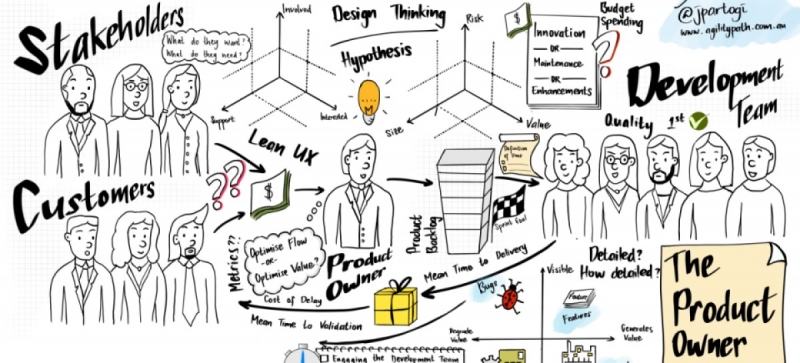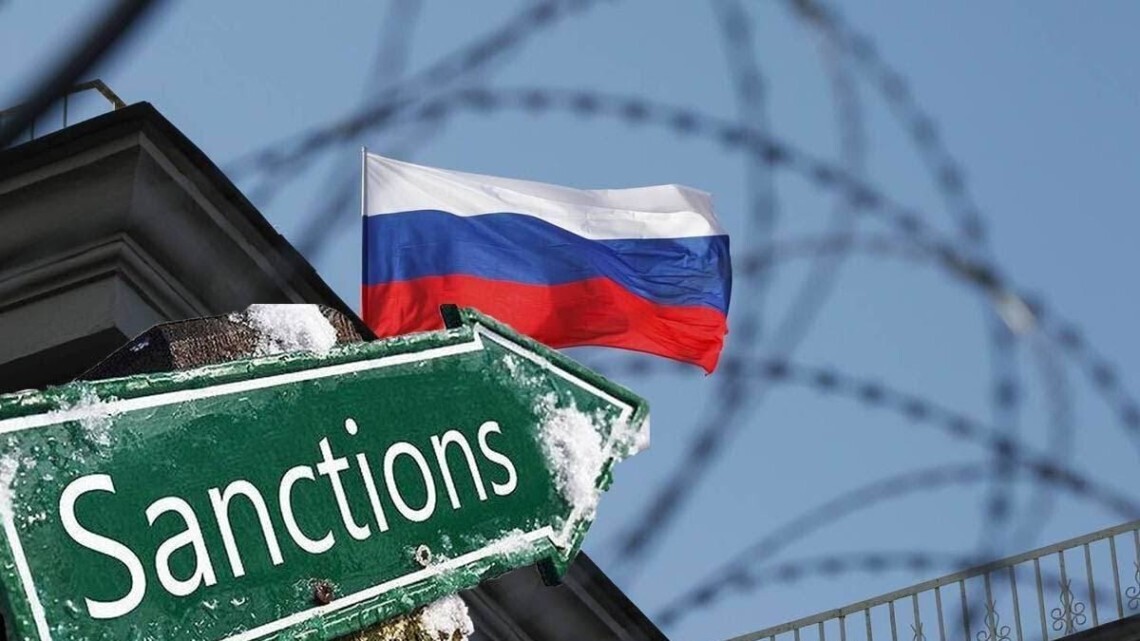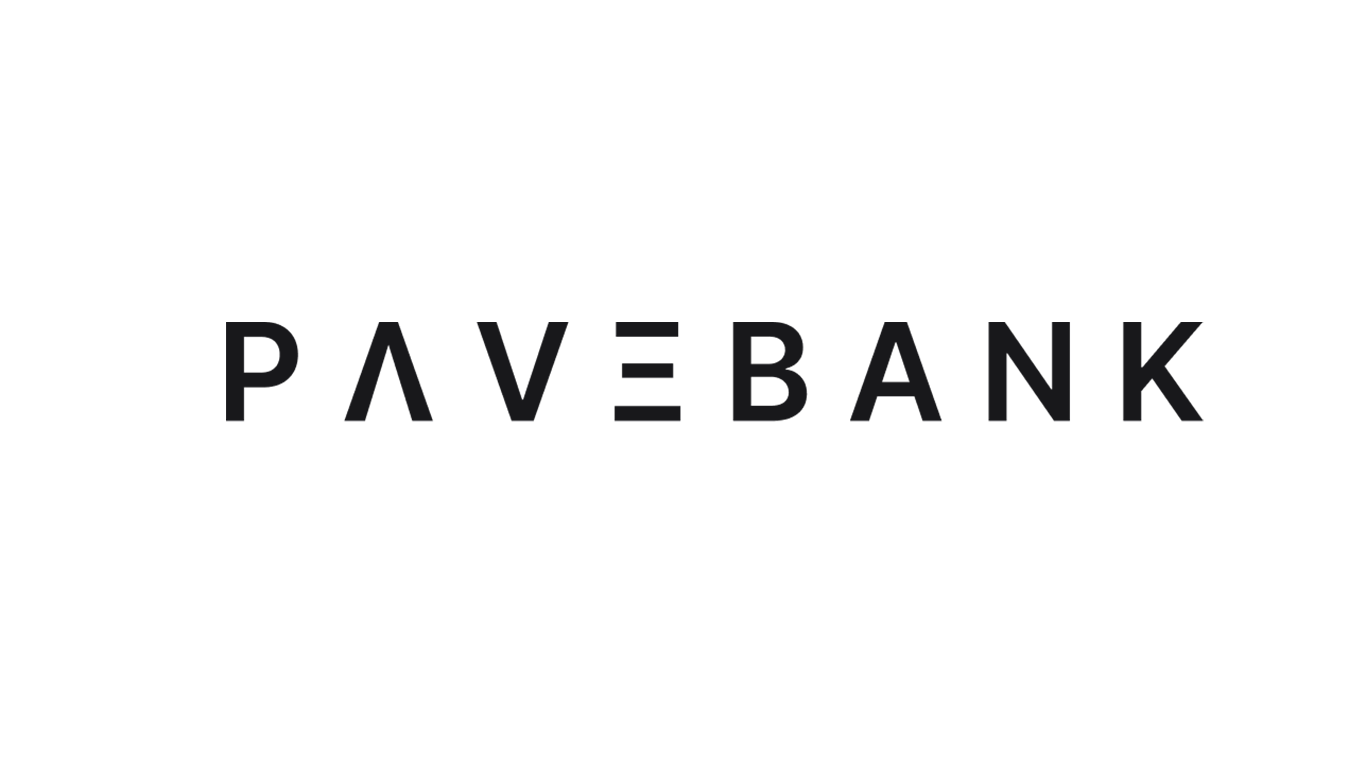

ალექსანდრე ონიანი
Who is a Product Owner?

Scrum is a widely used framework of agile methodology. It is an iterative and incremental way for managing a variety of complex work. Scrum is empirical, which means the entire problem that we are solving is not fully understood or defined upfront, instead it becomes clearer along the way. Scrum integrates into adaptive type of project management.
Scrum is designed for smaller teams, up to ten people, work is done in iterations, called sprints, which mostly last about two weeks. After each sprint team presents its work, does retrospective, re-plans, and continues developing solutions.
Scrum team has three main roles and these are: the product owner, scrum master, and development team. In this short article, we will get closer to the product owner.
Who is not a Product Owner?
Product owner’s roles and responsibilities are often confused and misunderstood, that is why I will start by describing who is not a product owner.
The product owner is not a project manager
Myth busted. Confusing product owners into project managers is the biggest mistake companies make. At a higher level Scrum roles are not job titles and people do not need to change their title while joining a Scrum team within the company.
When performing his role in the Scrum team, the product owner is responsible for the product and the product only. PO should not participate in marketing, human resources, finances or etc. Of course in smaller organizations, one person can perform various tasks but it is mandatory that in a Scrum team PO is only responsible for the product.
Product owner’s profession is not concrete
It is also thought that the product owner should be a business person, wearing a suit and tie at every meeting. In fact, everyone can be a product owner and the only relation PO needs to have with business is setting goals that business needs.
The product owner does not take orders
In many scenarios, the product owner just receives orders or wishes from the customer and puts it into the backlog. This approach is entirely against Scrum itself. The product owner has to have a vision of a product, looking at a bigger picture, therefore he must challenge the requests and demands that move away from that vision.
Product Owner is not responsible for the team
The product owner being responsible for the team is inadequate, as the product owner is a team member itself. We do not have a hierarchy in Scrum, product owners along with scrum masters and development team are on the same level.
So after all those misunderstandings let’s talk about what product owners actually do.
What Product Owners do
The product owner’s main responsibility is to ensure that the Scrum team delivers maximized value.
Creating a Vision
As I mentioned earlier PO has to have a clear vision of a product, as working with the client and stakeholders gives this opportunity, it is the product owner’s responsibility to help the development team visualize the product. To make sure everyone is on the same level, PO should create road maps, BPMN process diagrams, high-level wireframes, etc.
Managing the product backlog
The customer is represented by the product owner who prioritizes work by importance. It’s not that the product owner is the only one who can organize the backlog, but every change in it should be discussed with him.
Being responsible for managing product backlog means:
- It should start with a vision – the first thing in a product backlog should be a roadmap or an initiative, broken down into several epics and then to each story and task.
- It should be prioritized – giving priority to certain backlog items is depended on: customer priority, the urgency to get feedback, implementation difficulty, the relationship between items. Although prioritization is POs responsibility, he or she is not a lone ranger here, experienced PO will include customers, stakeholders, and other members of the scrum team in the prioritization process.
- It should be healthy – meaning that the backlog should be reviewed on a daily basis to keep it up to date and ready for sprint planning, presentation or reprioritization.
- It should be adjusted – backlog items are not created only at the start of the project during requirements analysis, instead, it is adjusted and updated every day.
- It should include every type of work: Lots of companies keep separate backlogs for one product, there should be only one backlog which includes everything: user stories, bugs, improvements, etc. This ensures that everything is taken into account in every single iteration. Not everything is a user story.
- It should be manageable – PO should not be the only person who knows what is going on in the backlog. Putting hundreds of items there blurs the vision for other team members and stakeholders.
- Focusing on What and Why? – PO should be thinking most of the time about the problems that the client wants to solve, by asking these questions – what and why? Product owners should not be concerned about technical constraints (questioning how?), other team members will take care of that instead.
- Saying ‘No’ – backlog should not be filled with the items which will never appear in the sprint. PO should learn to say ‘no’ with arguments when the client requests something out of scope and out of vision, this ensures that they will not have wrong expectations.
Other responsibilities
Besides backlog management, product owners are responsible for release management and stakeholder management. PO should always know when certain things will be available, by communicating with developers and monitoring active sprints.
PO needs extensive communication skills as users, customers and other stakeholders involvement is his responsibility.
Conclusion
To sum up, PO is a full-fledged member of a Scrum team, whose main focus is a product. As a part of the Scrum team, he should get along with scrum master and developers. Their collaboration, communication, and joint work is a key factor in the Scrum team’s success.

ალექსანდრე ონიანი
I'm results-driven and detail-oriented IT Project Manager with a demonstrated history of working on international projects, higher education in business administration along
with geeky interest in computer science.
გააზიარე
ავტორის სხვა მასალა


საკულტო არაყი მონტენეგროდან

საქსტატი: III კვარტალში საცხოვრებელი უძრავი ქონების ფასები 7%-ით გაიზარდა

ევროკავშირმა რუსეთის წინააღმდეგ სანქციების მე-19 პაკეტი დაამტკიცა

Render Group-ის კიდევ ერთი წარმატებული კოლაბორაცია ამჯერად Kengo Kuma & Associates-თან
